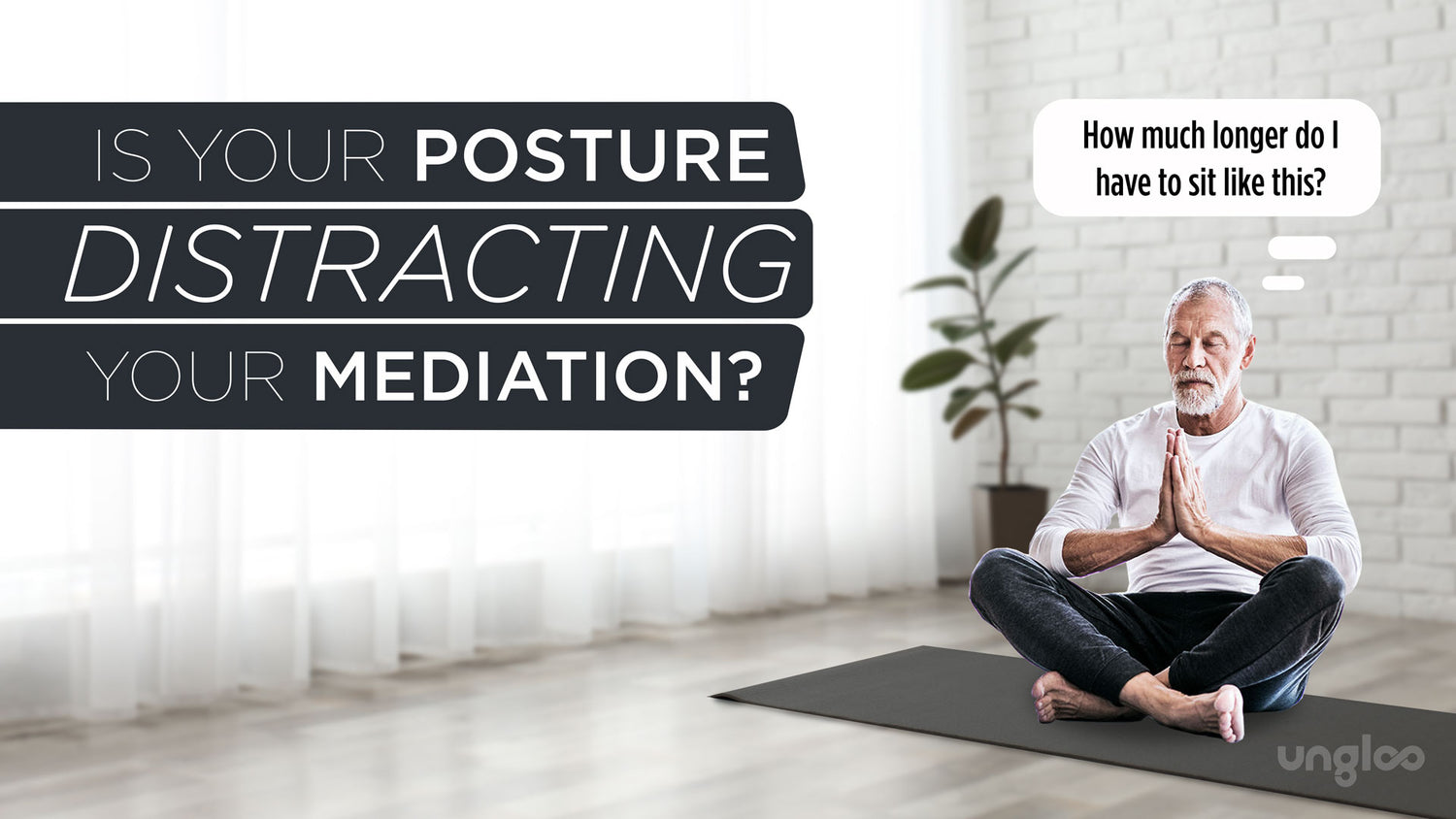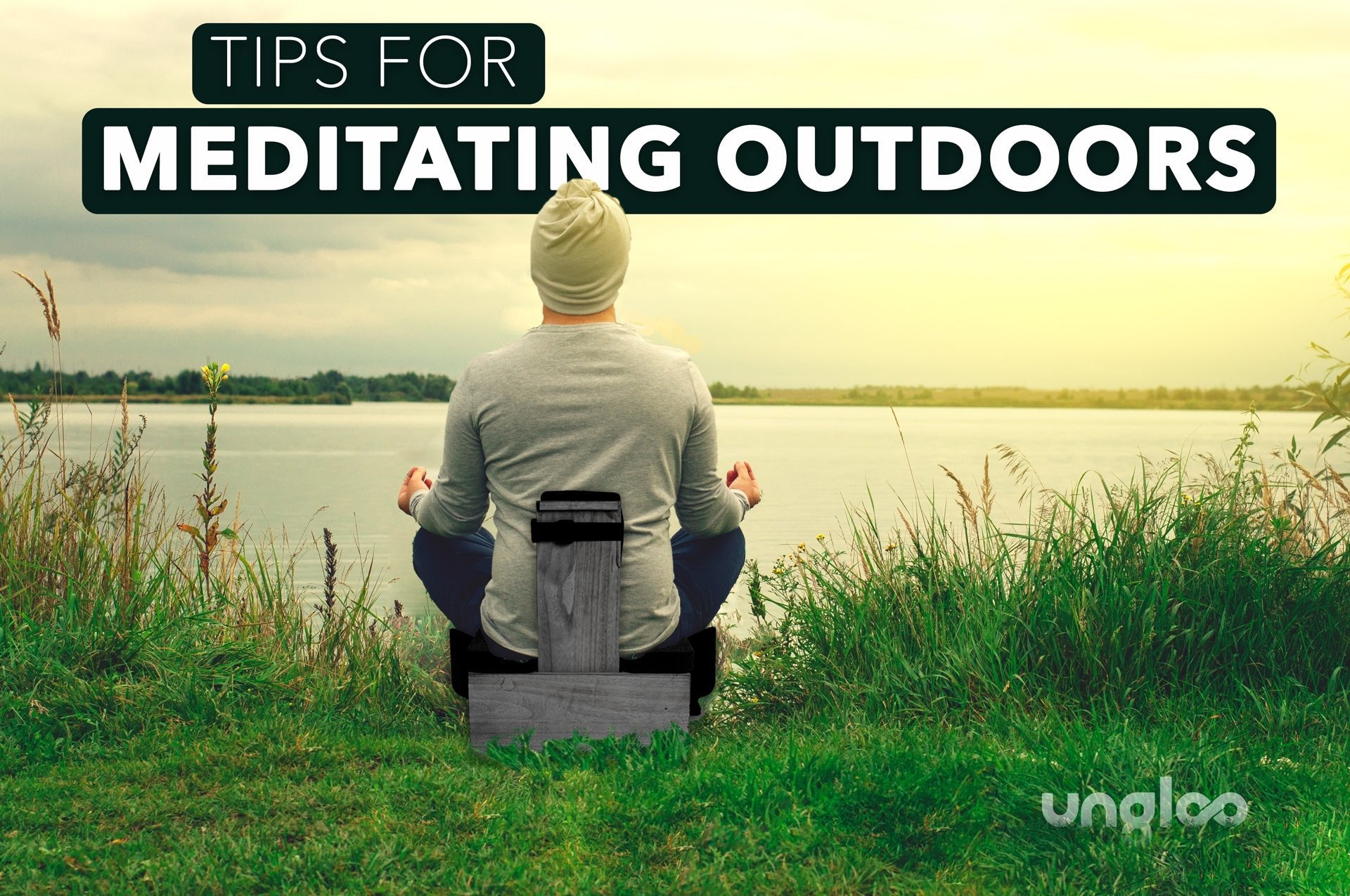What does your meditation posture look like? Are you sitting, are you standing, are you laying down? Where are your arms, hands, eyes, and feet? How are you positioning your body so you can focus on your mind?
TO SIT OR NOT SIT… IS THAT A QUESTION?
There’s an expression in meditation, “taking the One Seat”. You chose your spot, you commit to staying seated, and no matter what life throws at you, keep the heroic position. So, what is your “one seat”?
In the guided meditation “One Seat” by Jeff Warren | Writer, Meditator on the Calm App, he mentions how each of us has body issues. Meaning, injuries, tummy rolls, pain, and many other things. The “One Seat” isn’t only about positioning yourself properly. It is more important to sit in a way that makes you feel dignified and honored to understand that your “Indomitable human spirit” will not be interrupted with aches and pains.
The trick is to be comfortable, still, and alert. For some, it is easiest to accomplish this by sitting up straight. For some, it is using cushions and pillows. I prefer a meditation chair. It allows my body to relax so that I can forget its presence and only focus on the presence of the mind.

WHAT ARE YOUR NEEDS?
When you picture yourself sleeping at night, what is the healthiest way for you to rest? We are all different. The same is true for meditation. The way we choose to meditate and protect our bodies will make for a good meditation or a bad one. Just like a good or bad night’s sleep based on our habits.
During a recent meditation, I couldn’t focus. I wasn’t comfortable. My mind was only paying attention to my position and my body hurt. My 20 min mediation was an exercise in shifting and scooting all in the name of “finding my zen”. I needed a chair. I needed something to sit on that made me forget I was sitting. So, I tried that and the chair didn’t work either. It was much like the three bears. Too soft, too hard, etc. I needed a “just right” meditation chair, that would take the pressure off those stubborn points on the body that can cause pain and discomfort.
The Mayo Clinic says that meditation is a simple and fast way to reduce stress. It can wipe away the day’s stress, bringing with it inner peace.
Whatever your needs are, get them. Your body knows what it needs and what it needs is your business. Focus your attention on what helps free your mind from distractions and to let thoughts pass through your mind without judgment.

Don’t entertain others’ “musts” until you find out for yourself. Start small and make a list of how you feel during each meditation. You will eventually find out what you need and how to position your body.
TIPS AND TRICKS FOR MEDITATION POSTURE
In an article produced by Insider.com, they give 7 posture tips to take the stress off the body so you can meditate in a healing space and position. Your posture during meditation is the best way to have an effective session.
- Sit. Find your comfortable seated position. You can sit with your legs crossed if you are on the floor. If you are in a chair, gently place your feet against the ground.
- Spine. Sit upright, in a comfortable posture, allowing your spine to hold you up. Don't slouch, but don't overextend your spine.
- Hands. Place your hands by your sides, folded in your lap, or on your knees. See what works best for you, and once you've chosen a spot for your hands, try not to move them throughout the rest of the practice.
- Shoulders. Relax your shoulders, allowing them to loosen. Be mindful that you are still sitting upright and try not to slouch or hunch over.
- Chin. With your head straight, slightly tuck your chin by moving it downwards by about 20 degrees. This allows your neck to stay relaxed — it shouldn't feel tense.
- Jaw. Start by moving your jaw slightly, opening your mouth wide and closing it, or gently moving the jaw from side to side. Once you have done this, relax your jaw before meditating — tension can often build up in the jaw when you’re stressed.
- Gaze. If you choose to meditate with your eyes closed, gently soften your eyelids and try to keep your eyes closed throughout the practice. If you choose to meditate with your eyes open, find a spot about three to five feet in front of you, and allow your gaze to rest there. No need to laser focus — they can softly remain on this point. You may want to try meditation with both of these techniques and see what works best for you.
While these are just seven, there are plenty of sources to choose from in preparing a calm body environment for meditation. Here are a few more that will assist after your posture is planned out.
- Position a pillow on trigger points. (i.e. back, butt, knees, etc)
- Make your environment free of any anxious noise
- If you enjoy calming music prepare a playlist with no commercials
- Have your meditation space prepared and ready for your arrival
- Use incense for aromatherapy
- Find a meditation chair (Ungloo) that allows you to relax and stay alert
- Don’t put pressure on yourself with time.
THE “ZONE”
Once you find your “One Seat”, then what? How do you transition from your position to your meditative state?

The world-renowned “Iceman” Wim Hof said, “In the Bhagavad Gita, they say, "The mind under control is your best friend, the mind wandering about is your worst enemy."
Make it your best friend, to the point where you can rely on it. Your mind makes you strong from within. It is your wise companion.
The sacrifices you make will be rewarded. Life doesn't change, but your perception does. It's all about what you focus on. Withdraw from the world's influence and no longer be controlled by your emotions. If you can grab the wheel of your mind, you can steer the direction of where your life will go.
Once you find your “right way” of posturing yourself during meditation it will help you reduce stress and combat overall bad health. “Experiment, and you'll likely find out what types of meditation work best for you and what you enjoy doing. Adapt meditation to your needs at the moment. MAYO
In a recent study performed by Fadel Zeidan et al. of Wake Forest University in 2011, findings show that 15 participants with chronic back pain were taught to meditate with correct posture over five days. In the end, the participants saw an approximate 40 percent reduction in pain intensity. Meditation allows people to gain control over their ailments by teaching them how to react to pain and correct bad posture.
Whatever your situation is, make your “Zone” and your Mind your wise companion as Wim Hof suggests. Trust your instincts and listen to your body. It will thank you later.



